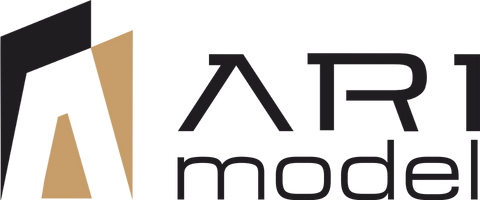As urban development progresses, more complex models like city plans, villages, and settlements emerge. Urban planners and real estate developers utilize terrain models as tools to present the terrain and its features to the public and future residents. A terrain model showcases various social, recreational, economic, educational, and safety-related aspects.
What does a Terrain Model Include?
A terrain model encompasses essential urban elements and structures such as hospitals, commercial centers, schools, and parks for social interaction. It's also crucial to depict roads and accessibility within the model layout. The model reflects the urban integration of the terrain as well as its alignment with nature. Model builders add vegetation both within and around the terrain.
Use of a Terrain Model
A terrain is a public space, and it's important to portray all of its functions to ensure its legitimacy. A terrain model serves as a bridge between architects and authorities. Approvals and building permits for a terrain are facilitated through the concrete visualization of the model.
These models are used in signs, advertisements, and social media to capture society's attention. When well-crafted, viewers might even be impressed by small details like bike paths, which can spark their interest in recreational activities.
Creating a Terrain Model
Model builders create a project specification to determine the number of buildings, the quantity of materials, and the volume according to the client's specifications. Model components are produced both manually and using 3D printers. They can create three or four regions and then assemble them on a sturdy base.





